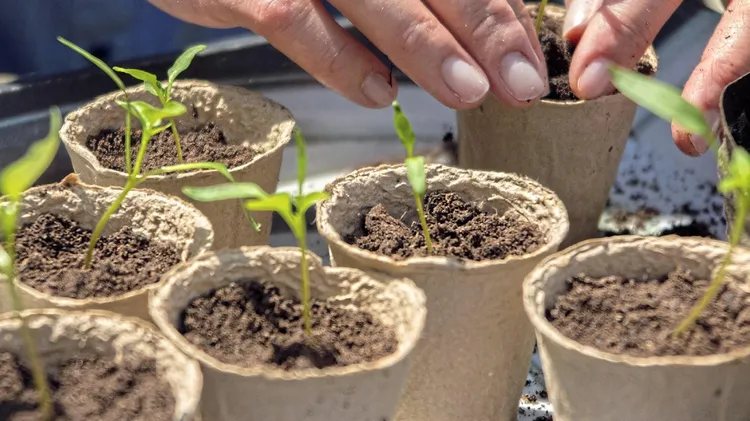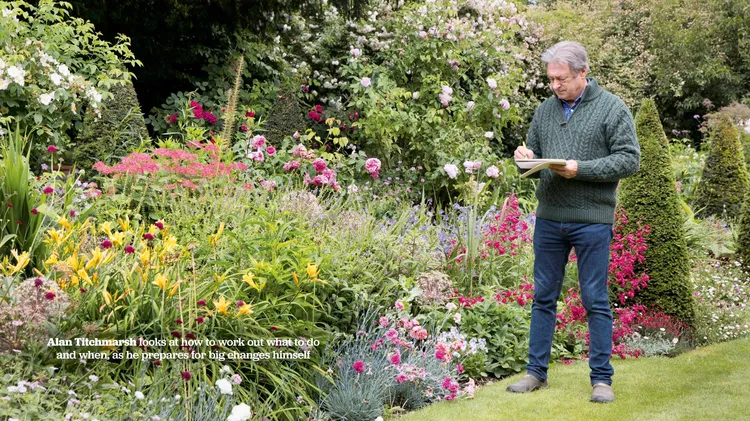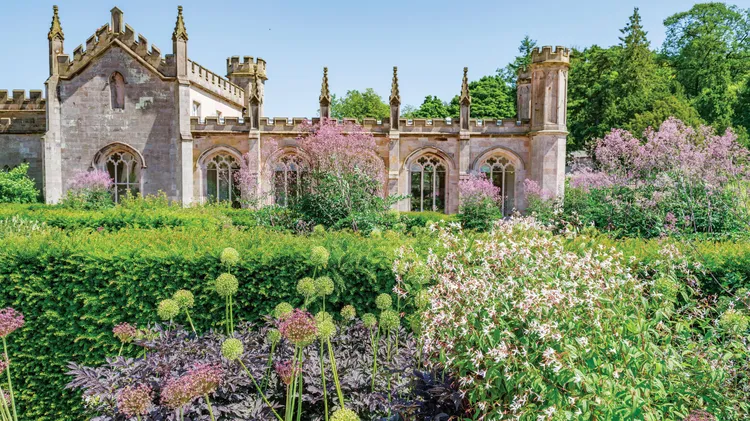Adopting sustainable approaches to gardening can have a positive effect on the pl
For the good
6 min read
This article is from...
Read this article and 8000+ more magazines and newspapers on Readly






